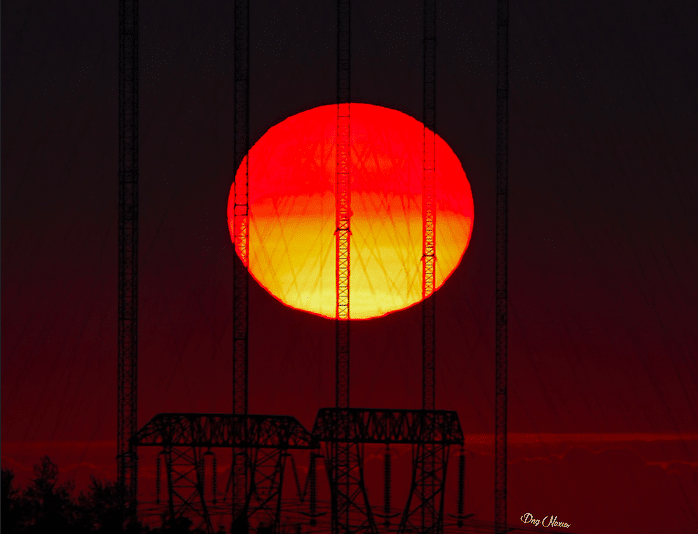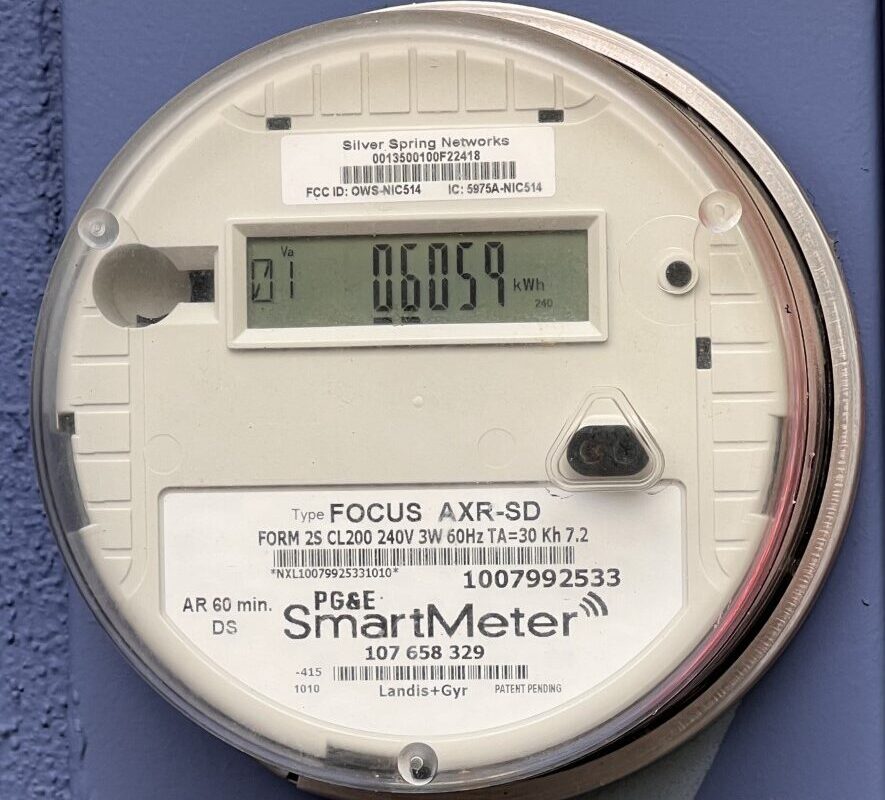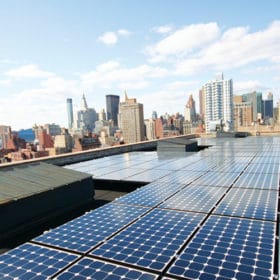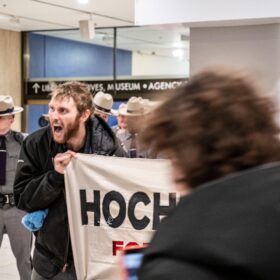Amid trying times and economic hardship like we are currently facing, it’s often difficult to find a silver lining, but it’s worth noting that bold projects that drive meaningful change have often sprung out of turmoil and crises. Take Hoover and Glen Canyon dams, for example, which rose from the depths of the Great Depression to put Americans to back to work and power the economic growth of the West.
Renewable energy development can be the same kind of catalyst for restoring our economic strength post-Covid-19. The revolution transitioning our lives from fossil fuels to clean energy was already well underway before this pandemic turned our world upside down. And like western water development, it can and should continue to be a lifeline that tethers our economy to solid ground as we reformulate a new reality. At some point in the very near future, we will need to put millions of people back to work – quickly. Building new clean energy infrastructure is one of the best and fastest ways we can get people working again. And one of the best places to do so is here in Arizona, in particular on the Navajo Nation, where we have an opportunity to upgrade the historic energy partnership that the Southwest has had with the tribe through concentrated investment.
As developers of renewable energy, we can put thousands of people to work in the Southwest with family-supporting jobs, help boost tax revenue across the region, supporting schools and emergency and social services that are now more important than ever, and strengthen the resilience of aging electricity infrastructure. In doing so, we will also improve disaster preparedness and our ability to weather crises in the future.
But we must act now. Of course, leadership and bold action at the federal level will be key ingredients in kick-starting this effort, but Western States need not wait for the feds. A coalition of governments, tribes, companies, investors, NGOs and communities should begin working immediately – and cooperatively – to ramp up efforts that will remake the West into a model of resilient economic development.
The Navajo Nation can play a central role in this trajectory. The Nation already has been a driving force in the development of the American West, its water, uranium and coal allowing cities like Phoenix, Tucson, Las Vegas and Los Angeles to grow and flourish. Coal-fired power plants like Navajo Generating Station, Four Corners, Mojave, San Juan and Cholla – some of the biggest in the West and all situated on or near Navajo resources – delivered electricity to these cities and in turn created thousands of jobs and brought significant revenue to the Navajo Nation and the Hopi.
Even before Covid-19 struck, these plants were entering their sunset years, with a swiftly changing energy landscape hastening their closures as cleaner options outcompete them. NGS closed permanently in November. The San Juan plant in New Mexico will be shuttered in less than three years. One unit at the Cholla plant will stop running this year and the remaining two by 2025. And Arizona Public Service, which operates the Four Corners plant, just announced that it was stepping up its retirement date by seven years, to 2031.
Clean energy was already stepping up to fill the void being left by these closures. Now it’s time to accelerate that process even more, capitalizing on the latent potential and strategic positioning of Navajo, combined with the ambitious clean energy goals of Western states.
The historical presence of these four coal plants gives us a head start, providing exceptional access to regional energy markets through the high-voltage transmission lines that connect them to major electrical load centers across the West. Research demonstrates that the Navajo Nation could be home to 10 gigawatts of solar – more than sufficient for a one-to-one replacement of every lost megawatt of coal power – and at least a gigawatt of wind. The Nation also is an ideal location for long-duration batteries for grid services that provide reliability and resilience, as well as research and development on emerging solutions such as hydrogen gas from electrolysis powered by inexpensive solar.
Benefits of such investment will go beyond jobs and revenue. The Navajo Nation has always lagged behind the rest of the country in employment and economic development. There are massive infrastructure needs on Navajo, with 15,000 households still lacking access to electricity and running water. The boon generated from directing an infusion of clean energy investment to the Nation will help address this decades-old crisis in housing, electrification and access to water, and it can also provide revenue for environmental remediation of coal and uranium operations.
Importantly, a new wave of clean energy development and the revenues they will generate can be done right this time around. They can be built to ensure that robust community benefits are part of the payout, rather than having all the power and profits flow off the Nation. Solar, wind and storage projects, structured appropriately this time around, will allow communities to express their sovereignty and determine pathways forward for their people and culture.
We must prepare now for getting our economy back on track. It will not simply rebound to where it was on its own. It’s going to take determined, focused investment, action and cooperation. The pioneering spirit and resilience of the Navajo Nation can be an important part of the nationwide effort to create millions of good jobs, using our vast clean energy potential to upgrade and build new infrastructure and create prosperity that will reach out for generations. Now we need our leaders, both Navajo and those running the utilities we will partner with, to step up to the challenge. We are ready to work with them to make this happen.
***
Brett Isaac, Clara Pratte, Chris Deschene and Dan Rosen are some of the founders and partners of Navajo Power, a utility-scale solar development company focused on Navajo and tribal lands that maximizes economic benefits for the communities where projects are located.
Kevin De Leon was elected to the Los Angeles City Council. He served as the 50th President pro tempore of the California State Senate.
The views and opinions expressed in this article are the author’s own, and do not necessarily reflect those held by pv magazine.
This content is protected by copyright and may not be reused. If you want to cooperate with us and would like to reuse some of our content, please contact: editors@pv-magazine.com.








A great economic boost to the four corners area.
An example of what can be for the people.